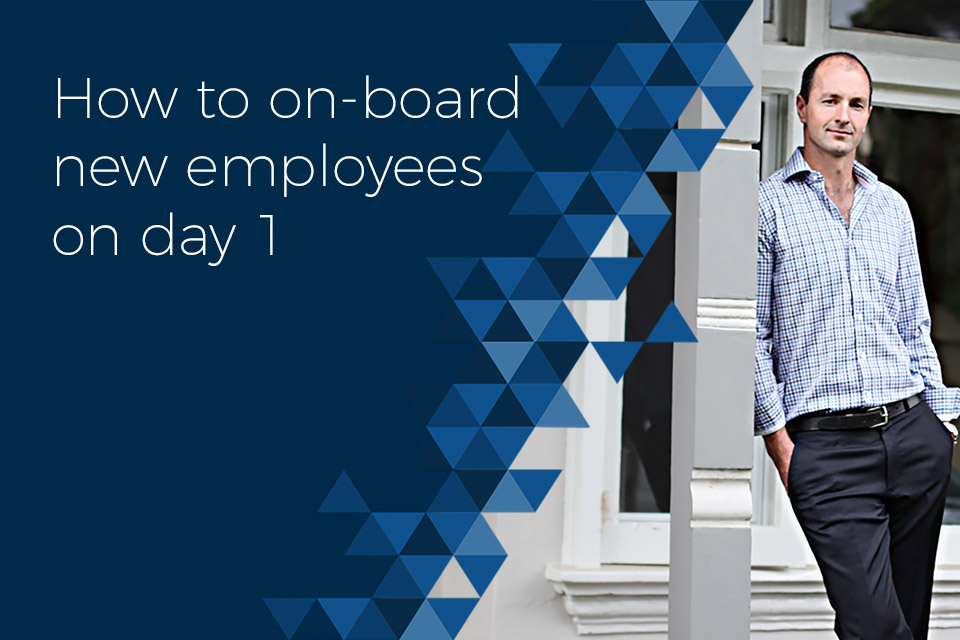Getting Your Existing Employees To Help
This is my final recruiting tip I’ve got for small business owners that like to do the recruiting themselves.
A lot of it is geared around getting buy-in from the candidate applying and saving your time through the interview process. And this final one is saving your time in the interview process, the final interview.
After The Group Interview
After you’ve already done a group thing and they already understand all about the company and the culture and the role and their expectations and they’re still interested. They’ve also done the group questionnaire and you’ve asked them a whole bunch of questions and they’ve sent it back to you.
You understand if they can read and write and articulate themselves and spell and things like that. So this is the final interview, which does need you, as the owner, time to spend with them and get into them.
But prior to you doing that, throw them your team, because at the end of the day, they’re the people that are going to work with them. You need your team to buy in on this applicant and make sure they think he’s going to be a good fit and he’s going to work. And I can tell you that very quickly, they will tell you if it’s not going to work, if they don’t want to work with him or they’re not going to have the skills or they’re worried about it and the like.
Team Players
Throw them to your team and get your team to do the thumbs-up and make sure they’re happy with this person. Then you, as the owner, dig in and do the final interview.
So that’s my tip. Hope it works for you. I found that in the past, that it’s a real winner to get the whole team on board to help train and get behind this guy and including him in the business. So I thoroughly recommend using your team with every interview that you do.
I hope that helps you out, and good luck for all your recruiting needs.











